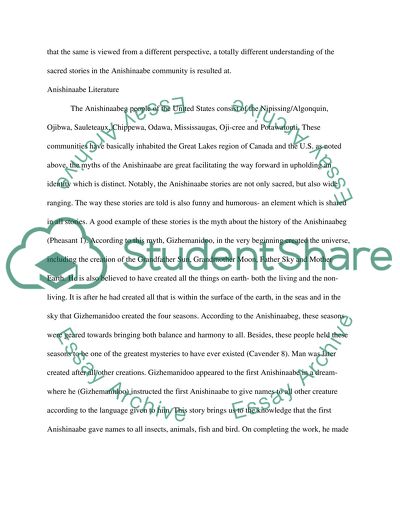Cite this document
(“Anishinaabe Literature Essay Example | Topics and Well Written Essays - 2750 words”, n.d.)
Anishinaabe Literature Essay Example | Topics and Well Written Essays - 2750 words. Retrieved from https://studentshare.org/history/1401660-anishinaabe-literature
Anishinaabe Literature Essay Example | Topics and Well Written Essays - 2750 words. Retrieved from https://studentshare.org/history/1401660-anishinaabe-literature
(Anishinaabe Literature Essay Example | Topics and Well Written Essays - 2750 Words)
Anishinaabe Literature Essay Example | Topics and Well Written Essays - 2750 Words. https://studentshare.org/history/1401660-anishinaabe-literature.
Anishinaabe Literature Essay Example | Topics and Well Written Essays - 2750 Words. https://studentshare.org/history/1401660-anishinaabe-literature.
“Anishinaabe Literature Essay Example | Topics and Well Written Essays - 2750 Words”, n.d. https://studentshare.org/history/1401660-anishinaabe-literature.


